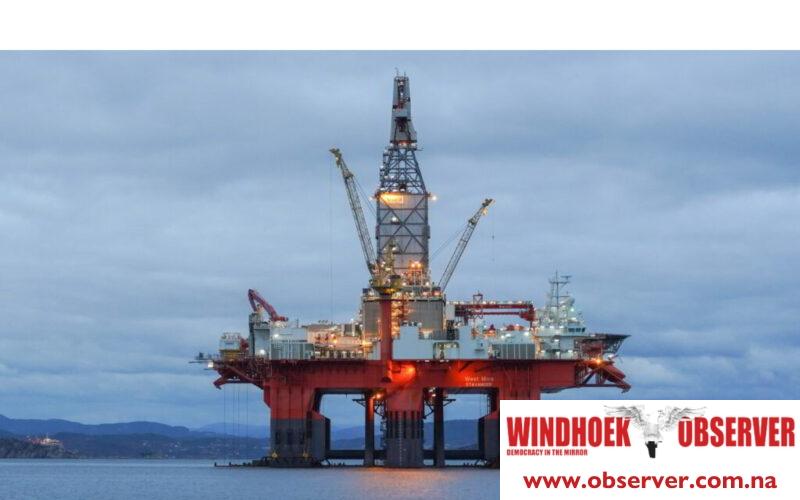CHAMWE KAIRA
TotalEnergies EP Namibia and its partners are planning to produce 160 000 barrels of oil per day at their proposed project situated offshore, which will have a storage capacity of around two million barrels of oil and a gas separation capacity of 550 000 million standard cubic feet per day (MMscfd).
ThiIt is contained in documents, which form part of its application for environmental clearance of the project.
TotalEnergies EP Namibia B.V., Namcor and Qatar Energy have announced plans to conduct an Environmental and Social Impact Assessment (ESIA) for the proposed development of the offshore Venus Field in Block 2913B.
An ESIA helps plan and make decisions about a project. It identifies and assesses the potential positive and negative biophysical, cultural, and socio-economic impacts of proposed activities. It also identifies management measures to reduce impacts or enhance benefits.
TotalEnergies EP Namibia B.V. and its partners discovered hydrocarbons in Block 2913B offshore Namibia in 2022 and appraised the discovery, called Venus.
Based on the exploration and appraisal results, as well as ongoing development studies, TotalEnergies and its JV partners are studying the feasibility of developing the offshore Venus Field to produce crude light oil for commercialisation.
This field is situated offshore, about 300 km from Oranjemund, 320 km from Lüderitz and 700 km from Walvis Bay.
The oil giant said before the JV can proceed with the proposed development, it is required to obtain an Environmental Clearance Certificate (ECC) from the Ministry of Environment, Forestry and Tourism (MEFT).
“As part of this process, an Environmental and Social Impact Assessment (ESIA) must be undertaken.
TThe company said that the JV may make a Final Investment Decision (FID) based on those studies and the outcome of this ESIA.
IIt was added that once the ECC is granted and the FID has been taken, the construction, drilling, and installation will take approximately five years to complete, and then the production will start and last for approximately 20 years.
The company’s production capacity will be 160 000 barrels of oil per day and will have a storage capacity of around 2 million barrels of oil and a gas separation capacity of 550 000 million standard cubic feet per day (MMscfd).
Furthermore, the company said the Venus project facilities are being engineered to have a design life of a minimum of 20 years and will be decommissioned at the end of field life.
Such a plan includes removing subsea production structures like Christmas trees or Flow Lines End Termination (FLET), minimising disturbance, and restoring the site as close as possible to its natural state based on a Net Environmental Benefit Analysis (NEBA).
The decommissioning plan will also include measures to reduce socio-economic disruptions related to the closure.
Furthermore, TotalEnergies said wells will be sealed with cement plugs, which are tested to ensure they close the well properly.
TThe company has noted that several commercial fishing sectors operate off the Namibian coast, primarily from the ports of Walvis Bay and Lüderitz.
“Nearshore transshipment areas may overlap with the traditional line fish sector, which typically operates in shallower waters up to 22 km offshore.”
The company said overlap with other commercial fishing activities is unlikely, as most operate in deeper waters, ranging from 200 m to 850 m deep, and thus offshore of likely transshipment areas.
The public engagements will take place from 7 April to 6 May in Keetmanshoop, Bethanie, Lüderitz, Oranjemund, Swakopmund, Henties Bay and Walvis Bay.




